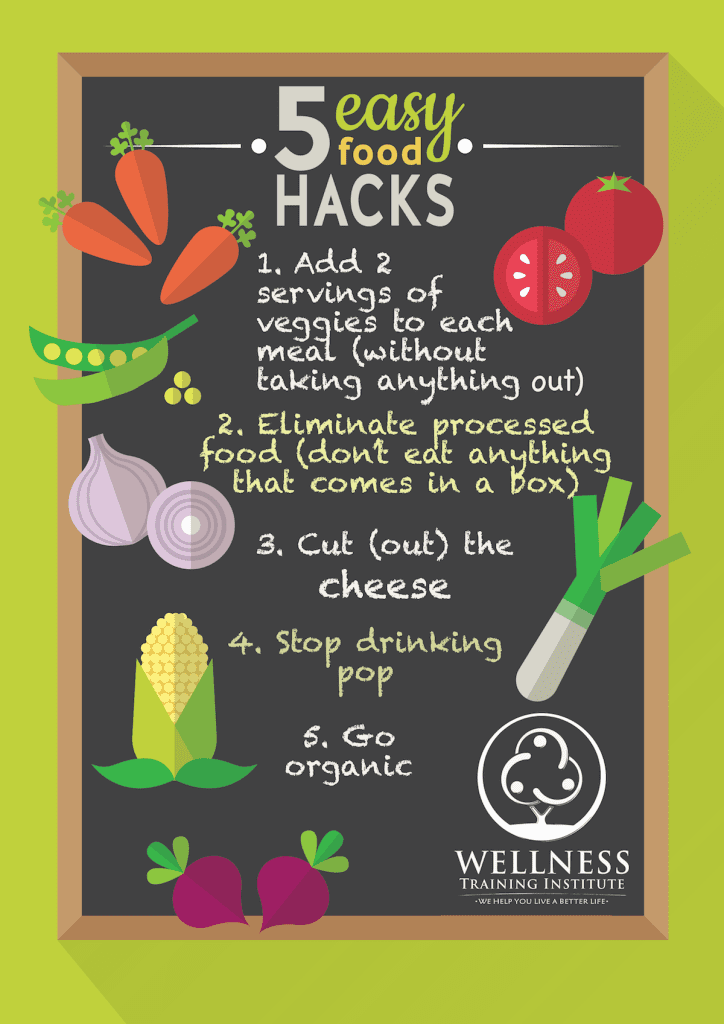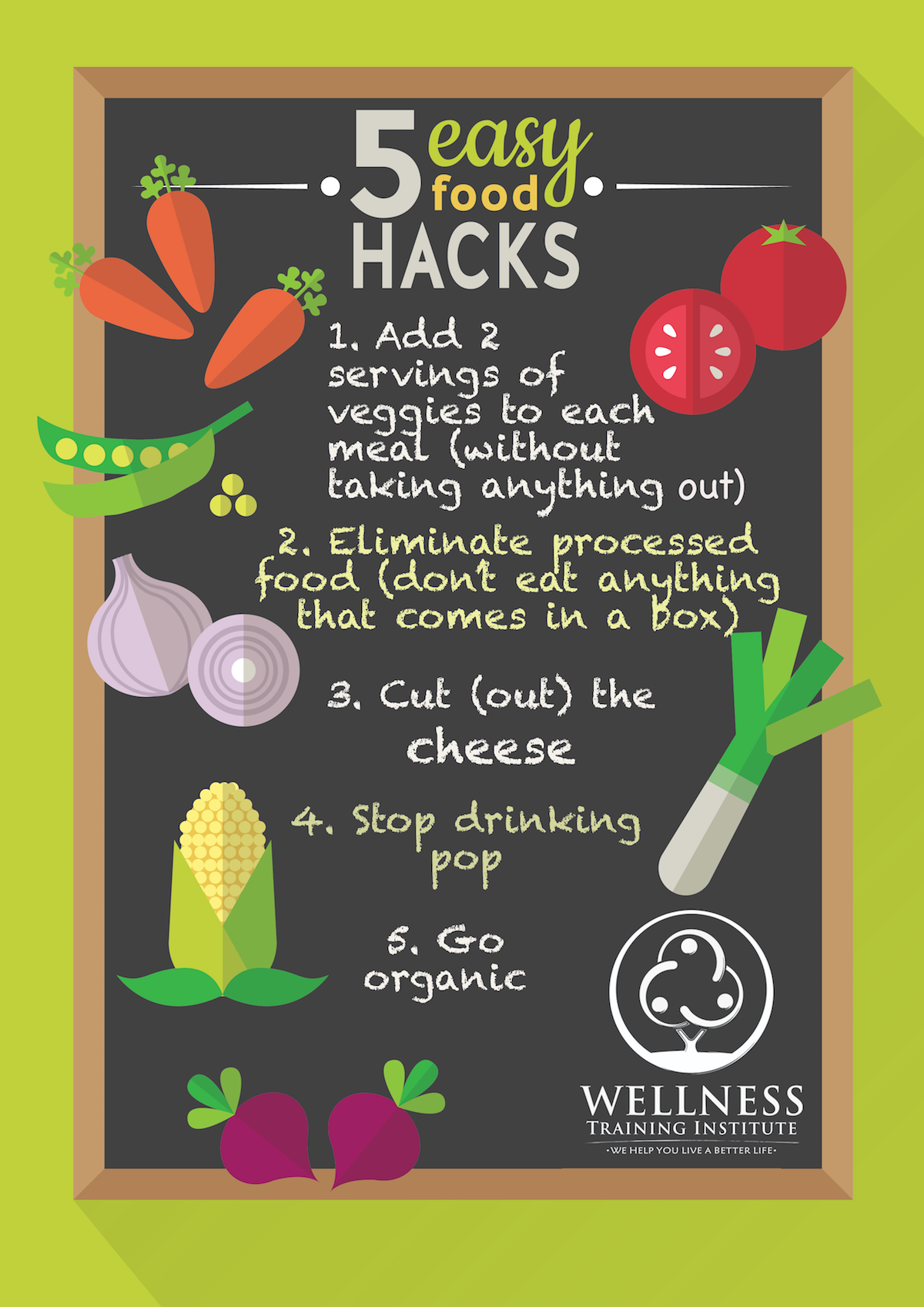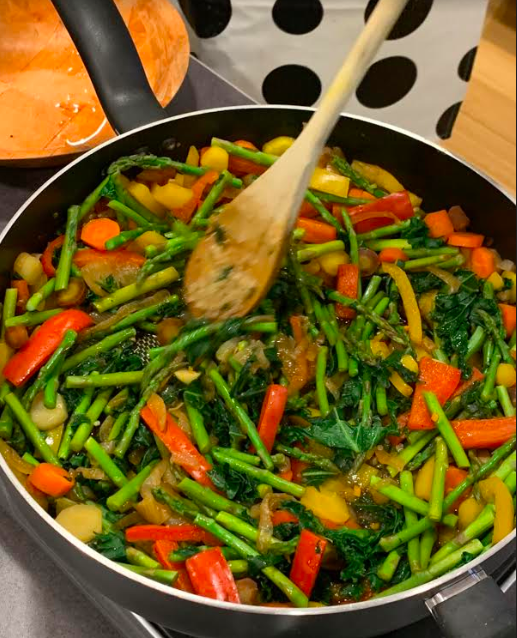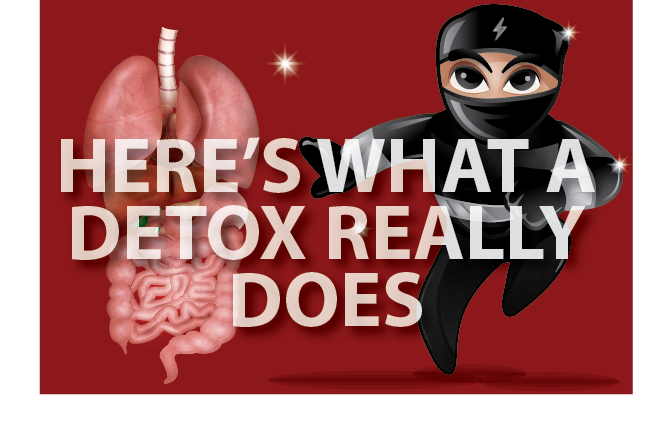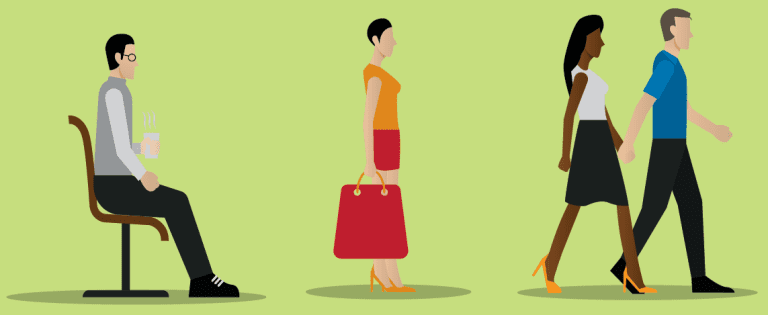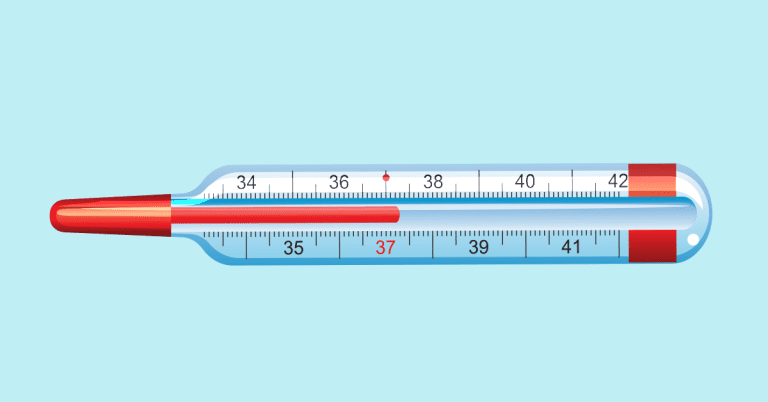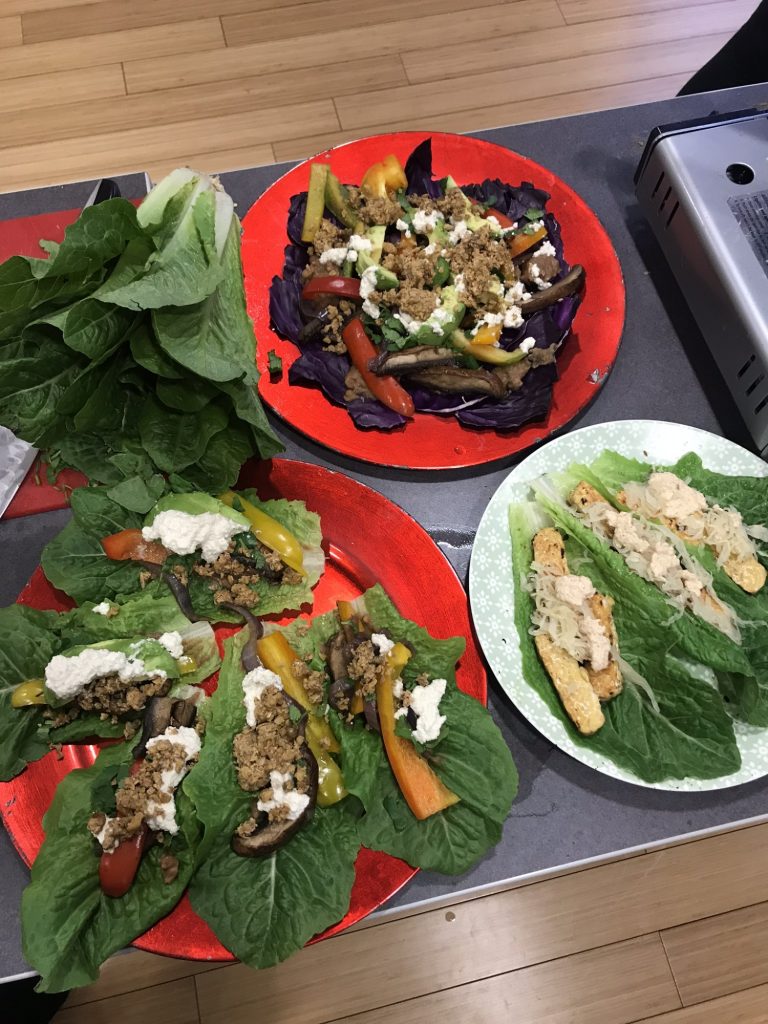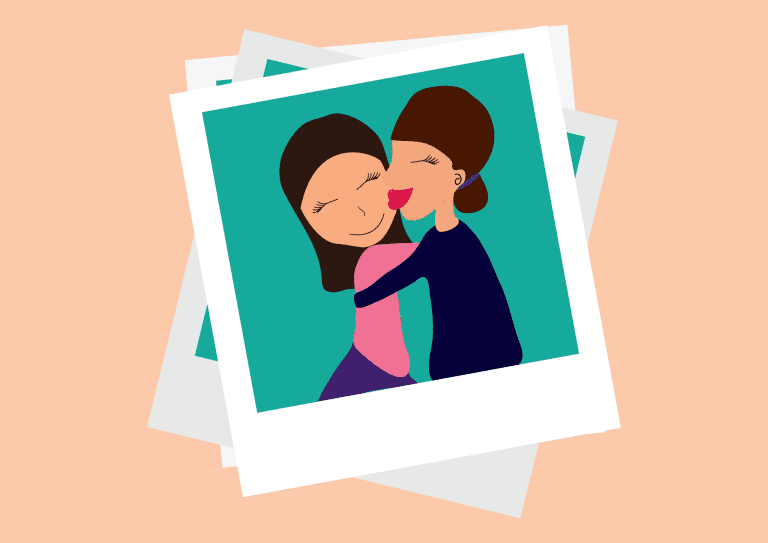5 Easy Nutritional Hacks to Revolutionize Your Life
By Nicole Martin
June 7, 2016
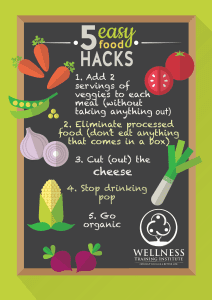
What do all of the following (totally real, you can google it) “fad” diets have in common?
The hCG Diet, wherein people are encouraged to be injected with the hormone hCG (human chorionic gonadotropin), which the body naturally produces while pregnant and (not a surprise!) produces breasts in men, while maintaining a 500-800 calorie/per day restriction.
The Cotton Ball Diet, during which all you eat are cotton balls dipped in orange juice (only 4 per day allowed!) so as to curb your appetite with what amounts to be chemically treated synthetic fibers that, more often than not, end up damming up your intestines. (You lose weight, yes, but mostly because you are now dead.)
The Baby Food Diet: All you are allowed to eat for a month is baby food. Which supposedly causes you to lose weight… totally ignoring the fact that most babies double in weight in their first year. Plus: Gross.
The 24 Hour Hollywood Diet: You buy some “special” juice, eat nothing else, get the shakes, and supposedly lose five pounds (and your retirement fund, no doubt, given the price) in your first day.
The Feeding Tube (K-E) Diet: For ten days you have to go to work, walk your dog, and keep from creeping out your neighbors beyond all hope of repair, all while keeping a feeding tube filled with oils and “nutrients” from falling out of your stomach through your nose.
The answer?
Besides being totally crazy, ridiculously difficult, and completely impractical, they also DON’T WORK.
There has to be a better—and much less INSANE—way to do things.
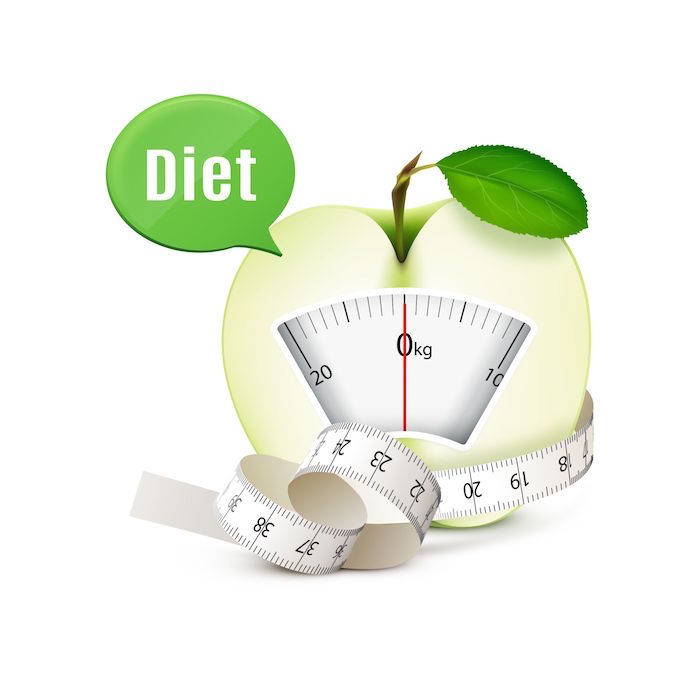
Diet Vs. Diet
The very fact that I have to make this distinction shows how screwed up we are these days when it comes to food.
The first definition of “diet” (and the one that got used almost exclusively until about a century and a half ago) is as follows: “the kinds of food that a person, animal, or community habitually eats.”
Simple, right?
The second definition of “diet,” though, is the one we generally hear now: “a special course of food to which one restricts oneself, either to lose weight or for medical reasons.”
Notice the bolded word there: Restricts.
That word alone is why every “fad diet” out there ultimately fails. We as humans aren’t built to run on just a few kinds of food. And who would want to? There are SO many great whole foods to eat! We don’t eat everything in the world. Dirt, for example, isn’t generally on the menu unless you’re trying out for a spot on a reality show. But there are so many great things we NEED TO—eat!
At the Wellness Training Institute, we approach diet in the first sense of the word.
Forget the faddy stuff.
Here are five easy nutritional hacks you can start using today to get your health back on track.
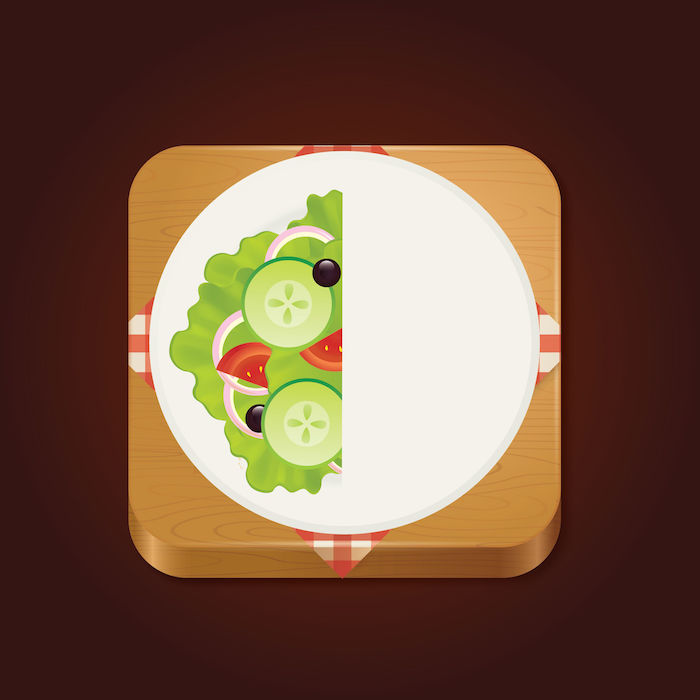
1. Add two servings of vegetables to every meal.
Notice that I said “add.” That’s important. I’m not telling you not to eat what you normally would. We’re not playing the restriction game here.
If dinner for you means four cans of Pepsi, six Hostess Raspberry Zingers, and a shoebox full of gummy worms, then fine. Just add in a green salad and some grilled asparagus. Change happens in baby steps.
And if you don’t want to do the math on what exactly a “serving” is, think of it this way: Picture your plate. Half of what is on it should be veggies.
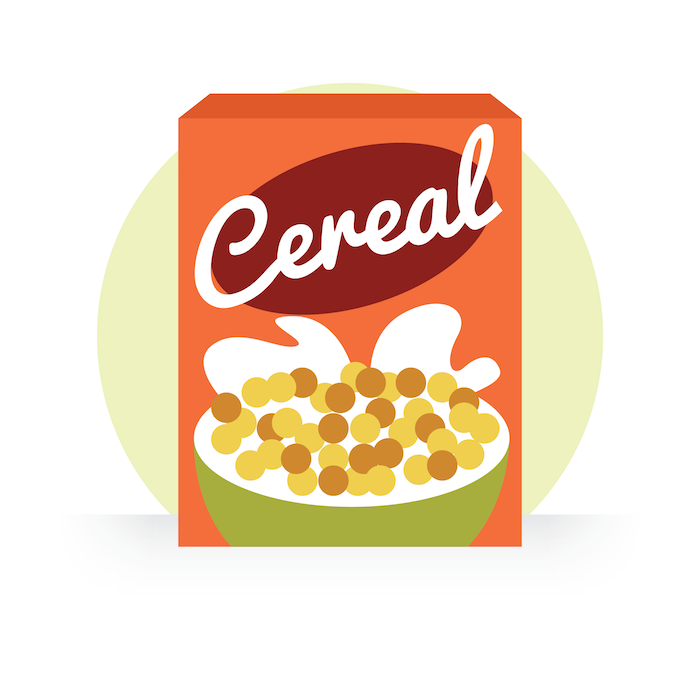
2. Eliminate Processed Foods.
After you’ve completed step one, next we’re going to eliminate processed foods.
What’s a “processed food,” you ask? Well, the easiest way to approach this step is to just not eat anything that comes in a box or a bag.
Here’s an even easier way to think about this: When you are at the grocery store, don’t go down the aisles. Keep to the perimeter. That’s where the good stuff generally is. Bad stuff in the middle, good stuff around the edges.
And why shouldn’t you eat processed food? The short answer is this: They’re high in refined sugar and simple carbs; low in nutrients, good fats, and whole grains; and… they’re addictive. Literally, they are addictive.
Oh, and they will kill you. Maybe I should’ve mentioned that reason first.
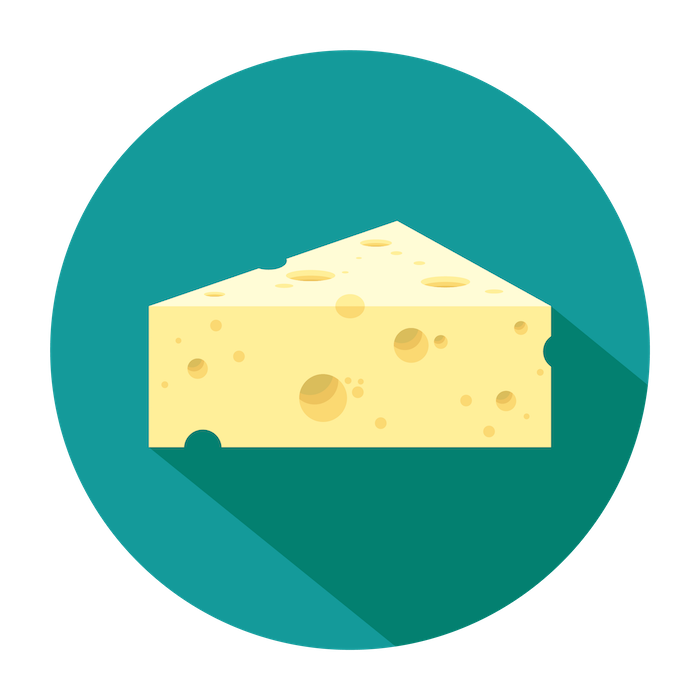
3. Stop. Eating. Cheese.
I’d like to say cut out all dairy here, but.. well, baby steps, right?
My advice instead is to at least cut out cheese. Casein protein, which cheese is high in, is extraordinarily addictive. When it breaks down it releases something called a casomorphin. Look at the last part of that word. It’s no accident that it’s only one “e” short of morphine. Your brain responds to it in the same way that it responds to heroin.
Another reason I’m picking on just cheese here is because casein is present in all dairy products, there’s way more of it in cheese. It takes ten pounds of milk to make one pound of cheese. A lot of what is lost is water, so all the casein that was in the milk sticks around and gets concentrated by a thousand percent when it turns into cheese.
Also, cheese is in everything these days. It’s everywhere. I mean, just take a gander at this:
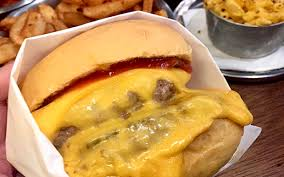
That right there is an autoimmune disease wrapped up in a soggy napkin and served with a side of fries. Just by looking at that, your eyes now need to start jogging.
(If this step freaks you out, take heart. There are some great alternatives. For example, here are some recipes for nut cheeses, which are delicious. And not made of, you know, hard drugs.)
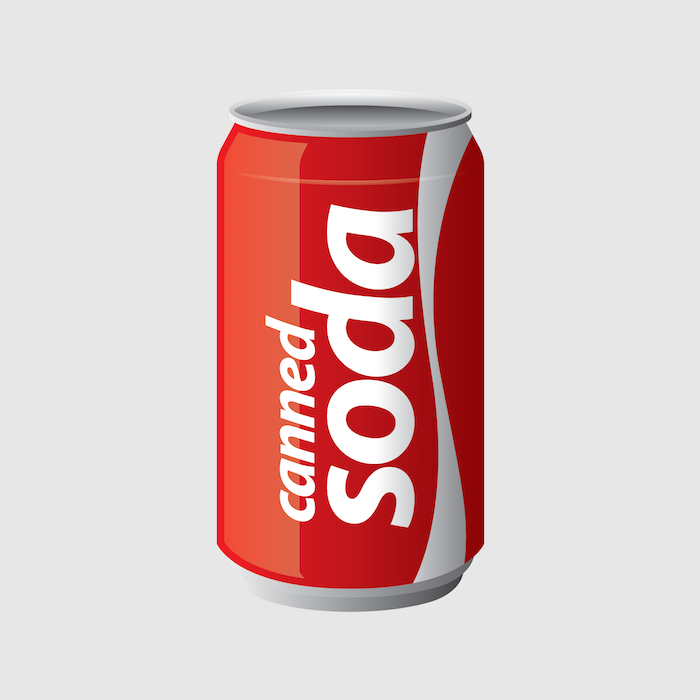
4. Stop the Pop.
Quit drinking pop (or soda, if you’re from anywhere but the Midwest.) It’s terrible for you. Stop drinking it.
Even diet soda… especially diet soda. Anything with artificial sweeteners is going to cause all sorts of problems down the line. And, for the record: Crystal Lite is not healthy.
Instead, make some infused water. Cut up a lemon or some oranges (or really, whatever plant or vegetable you want) and put it in your water. It’s both delicious and will work with your body, not against it.
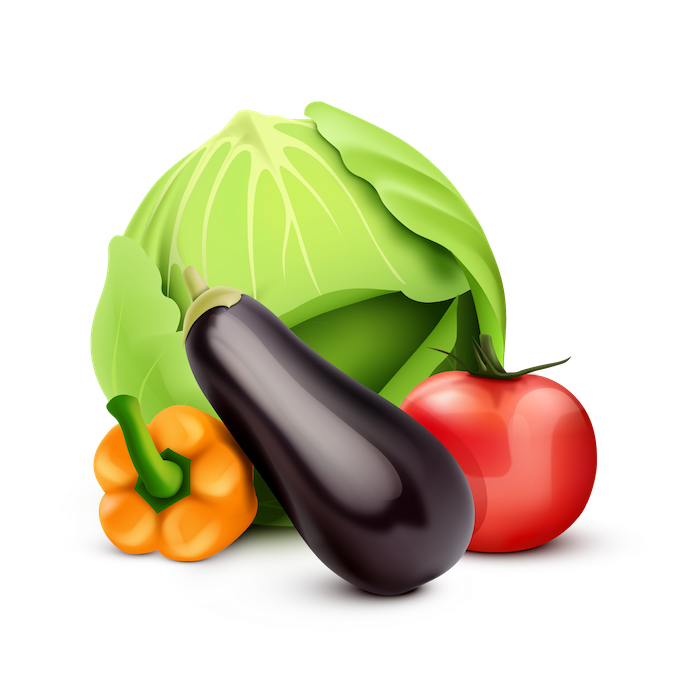
5: Go Organic.
Here’s where I usually get some pushback. I tell you to start eating more organic food, and you come back at me with something like, “Well, isn’t organic just a marketing buzzword and really doesn’t mean anything, aren’t there a bunch of products labeled organic that really aren’t, or how do we know if something’s really organic?”
And I say: Perhaps. You are correct… we have to be careful who we trust. After all, our FOOD is our MEDICINE.
But.
Usually when I hear this argument it’s being used as a crutch. It’s usually being said because that person doesn’t want to go to the effort of eating organic (which is really just a perception; eating organic is actually very easy these days) and sort of goes right to the nuclear option: “Well, if all this ‘organic’ stuff isn’t really organic, I might as well go back to my wheelbarrow full of M&Ms.”
Nope.
Sure, there are going to be things labeled in a misleading way, but if you commit to eating as much organic stuff as you can, it will still be so much better for you than what you’re currently eating. Even better… eat local! Go to farmers markets and get to know the farmer. Know the integrity of the hand that feeds you!
So, drop the crutch and go do it.
So there it is!
I hope you’ll take these five easy nutritional hacks and implement them into your life today!
As humans we are creatures of habit. And slowly changing our bad habits into good ones, step by step, will make a huge difference in your health journey in less time than you ever could’ve imagined.
Get to it!
[TL;DR Shareable:]
